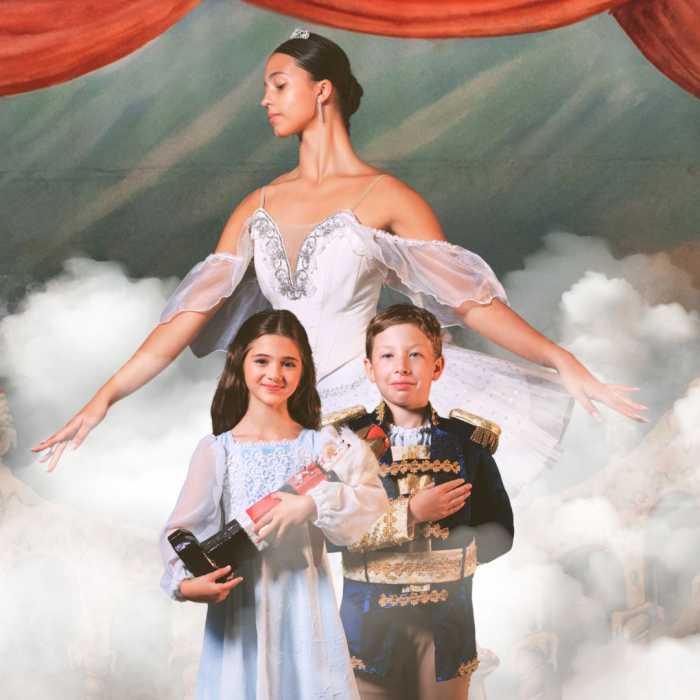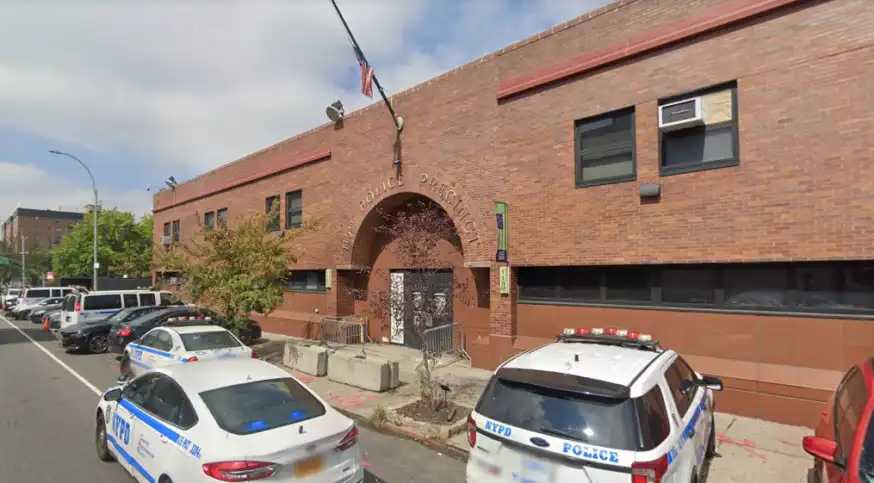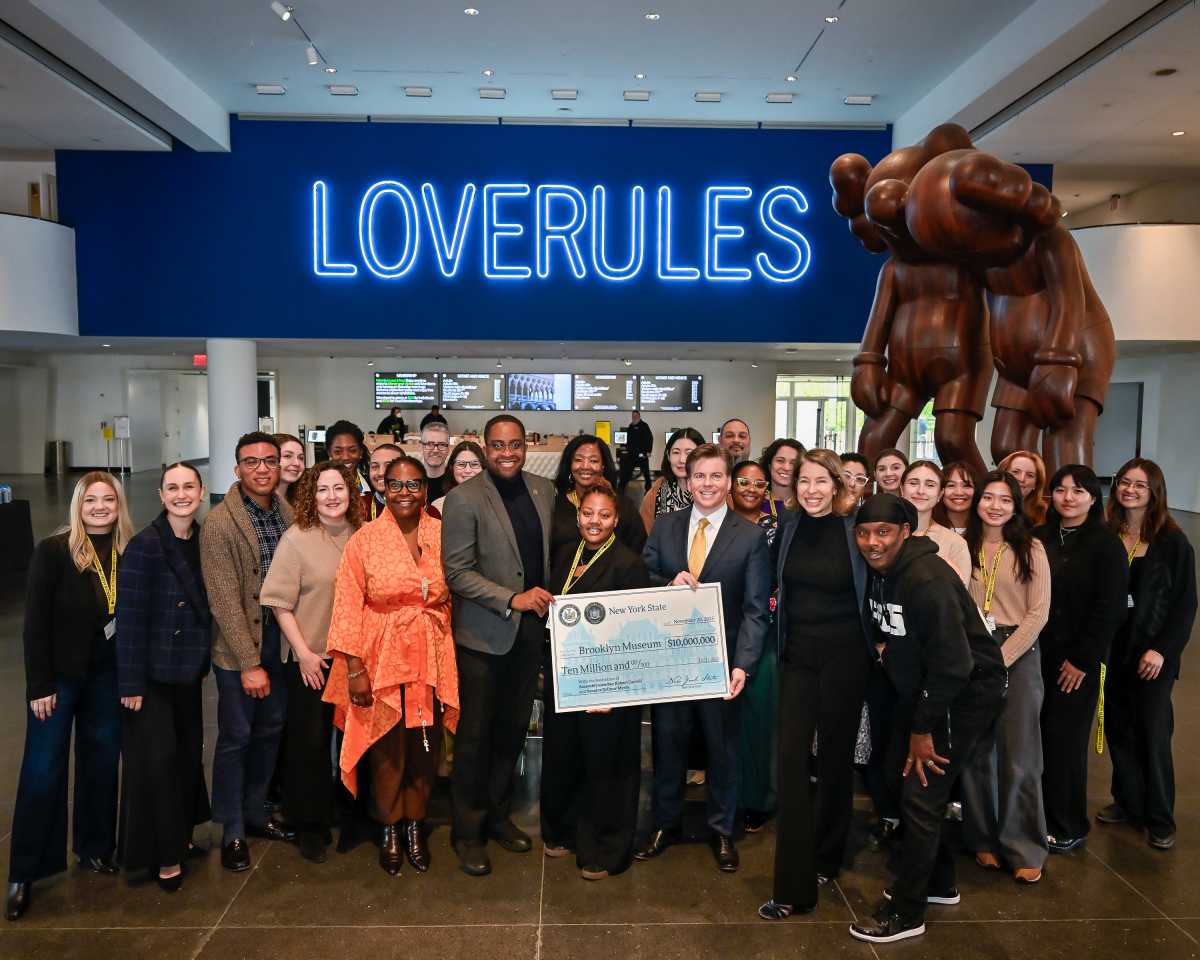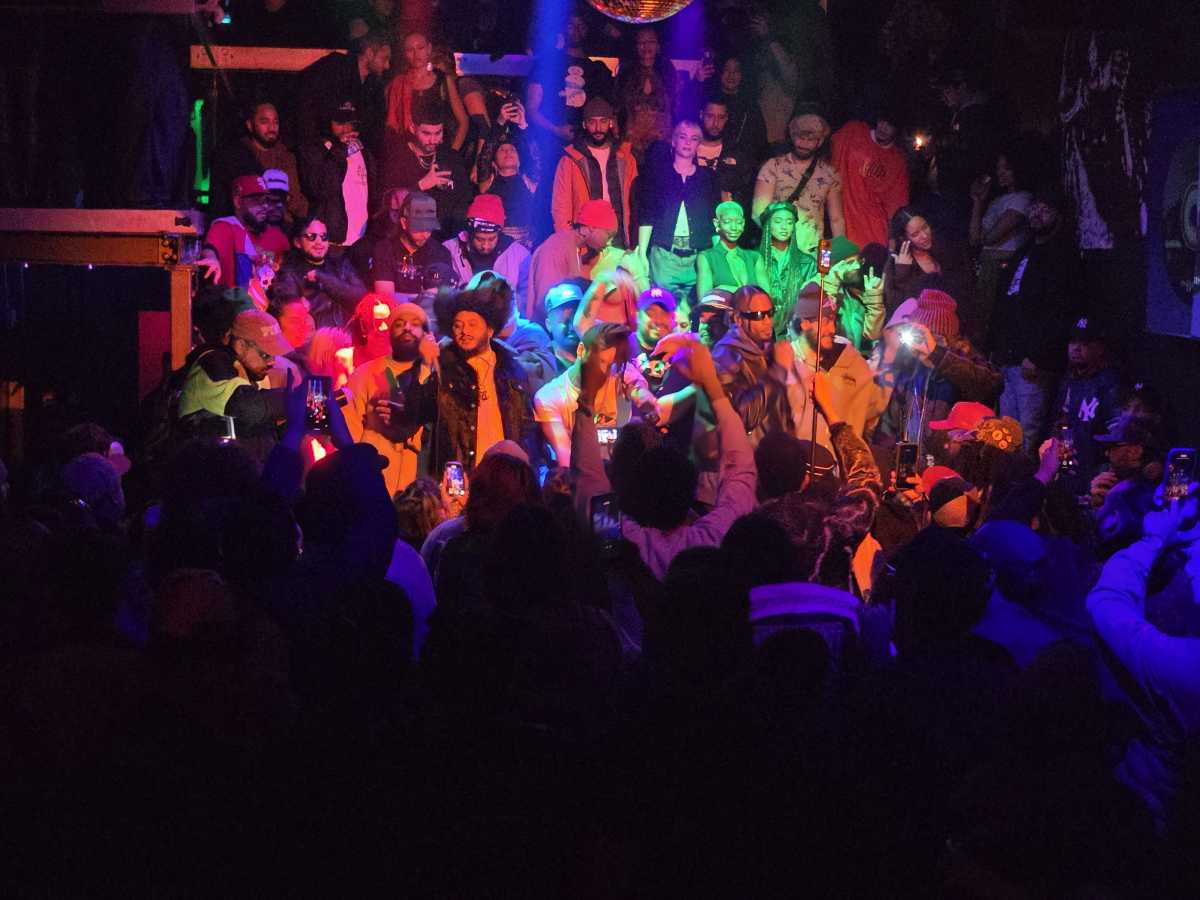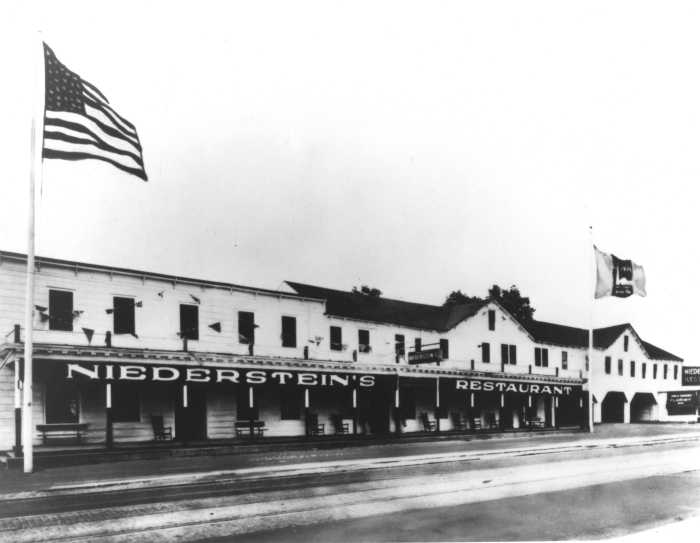By Roslyn Kramer
Reader Services
Join our forums | Email our editor | Report Distribution Problems
Read our previous issues
Volume 73, Number 20 | September 17 – 23, 2003
BOOKS
Village writer’s family saga mixes
Hollywood celebrity and scandal
We all know the magic of Hollywood is a flea-bitten cliche. But West Village author Sheila Weller gives a refreshing spin on that well-worn theme in her new book, “Dancing at Ciro’s: A Family’s Love, Loss and Scandal on the Sunset Strip.”
A memoir of Weller’s growing up in Los Angeles, “Ciro’s” manages to be up to its ears in Hollywood dish while telling a multigenerational, rise-and-fall American assimilation saga.
Weller goes back to the immigrant Jewish roots of her mother, Helen, and her father, Danny. Tracing the growth of their separate careers, he in neurosurgery, she in journalism, Weller moves from Brooklyn, where they both grew up, to pre-World War II Los Angeles where they met, married and had two children before the family debacle that ended in their divorce. Released earlier this year, the book makes for great end-of-summer reading.
We meet Herman Hoover, Helen’s brother, a Columbia College graduate who became a song-and-dance man (first appearing in a college varsity show by classmates Rodgers and Hart). Later Herman joins a chorus line on a tip from the future Cary Grant (then Archie Leach), going on to choreograph nightclub floor shows and manage clubs in New York. Moving to Los Angeles, he eventually became the owner of Ciro’s, a sumptuous world-class nightspot in its decade-long heyday.
Helen became his business partner, working upstairs at Ciro’s in the afternoons while kid Sheila did her homework downstairs. All was not study, however. Young Weller absorbed the seductive bustle of preparations — tablecloths spread over bare tables, the clank of silverware, the good-humored, teasing bartender lining up bottles — for the lacquered, marquee-name crowd that would fill Ciro’s in the evening.
“They were like pioneers,” Weller says of her family. Pioneering? At the premier wartime and postwar Hollywood nightclub? Yes, pioneers, Weller insists. Sitting at Mary’s Off Jane Bakery on Eighth Ave., Weller expands: “They went from Brooklyn, which was enough like any typical European community, to this new place with all its challenges,” she says. “They could pretend to take on the prevalent ethos of glamour and hedonism, but it didn’t register deep down. That’s why there was so much anxiety, mental illness, infidelity and family catastrophe in that crowd of people my parents knew: the parents of my friends,” she concludes.
Her father, Weller decided, felt neglected and out-of-place as a doctor, feeling his serious, life-and-death profession ranked below the superficial, self-absorbed movie world milieu. (Weller never discussed the issue with her father, but deduced it, her feeling confirmed by her sister, Liz.)
Helen, on the other hand, a prolific, quick-witted, deadline-adept writer for movie magazines, loved Hollywood. Still, as a workingwoman, she was a pioneer twice over. She felt a bit out-of-sync with nonworking moms: “The P.T.A. crowd was a little intimidating to her; she knew this was a world she had to fit in with, but didn’t quite get it,” Weller explains.
By disposition as well as talent, Weller took after her mother. She learned journalism hearing Helen on the phone. “We both knew I would write about this,” says Weller. To this end, she tape-recorded her mother’s recollections. Later, barely able to move, the dying Helen managed to put a note on a youthful photo of her at work at a Boston paper. “Those were happy days,” she wrote her daughters, the family saga in mind.
Plenty has been written about top-tier stars, directors and producers, Weller decided. It’s Hollywood’s “seldom covered, next-tier-down families,” she wanted to write about, “the bread-and-butter life that spanned Canter’s Delicatessen, the swimming pool life, the abundance of publicity and magazine editors and ex-chorus girl and band-singer types.”
California native Weller has been a Villager for 35 years. She honed her craft in writers groups (led by the late Anatole Broyard) and from years of writing for magazines. She was an early and longtime writer for Ms. Her husband, John Kelly, is also a writer; his 10th book, which he is completing now for HarperCollins, is a major popular history of the Black Death. Their 21-year-old son, Jonathan, a Columbia College senior, is edging toward the family profession. Along the way she wrote a novel, “Hansel and Gretel in Beverly Hills,” about a woman — modeled after her mother — and her gay hairdresser, and has written four true crime books, including “Raging Heart,” about O.J. and Nicole Simpson; “Marrying the Hangman” about a husband who murdered his wife yet got custody of their children, which occurred in Greenwich Village; and “Amy Fisher: My Story,” which she co-authored.
Weller’s current project is about the ’60s, seen through the lives and work of Carly Simon, Carole King and Joni Mitchell, says Weller.
“Dancing at Ciro’s: A Family’s Love, Loss and Scandal on the Sunset Strip,” by Sheila Weller, St. Martin’s Press, 288 pp., $24.95.















